-
×
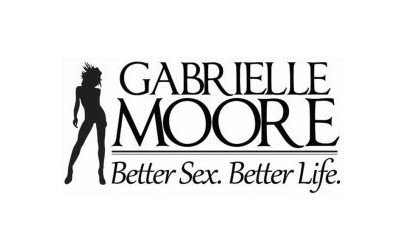 Ultimate Collection 28 Courses - Make A Better Sex And Life By Gabrielle Moore
1 × $46,00
Ultimate Collection 28 Courses - Make A Better Sex And Life By Gabrielle Moore
1 × $46,00 -
×
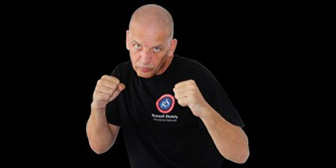 Operation - Dangerous Warrior By Russell Stutely
1 × $139,00
Operation - Dangerous Warrior By Russell Stutely
1 × $139,00 -
×
 Premiere Pro Quickstart + Power User Pack By Film Editing Pro
1 × $15,00
Premiere Pro Quickstart + Power User Pack By Film Editing Pro
1 × $15,00 -
×
 Persuasion In Action Total Immersion Video Footage Collection By Ross Jeffries
1 × $50,00
Persuasion In Action Total Immersion Video Footage Collection By Ross Jeffries
1 × $50,00 -
×
 Giving Yourself Permission to be Extraordinary By John Demartini
1 × $15,00
Giving Yourself Permission to be Extraordinary By John Demartini
1 × $15,00 -
×
 Image Trace in Adobe Illustrator CC By Jason Hoppe
1 × $5,00
Image Trace in Adobe Illustrator CC By Jason Hoppe
1 × $5,00 -
×
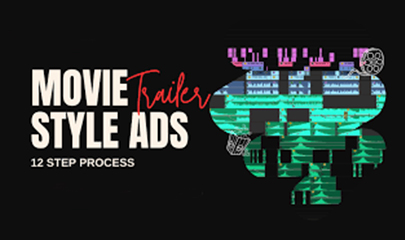 Movie Trailer Style Ads 12 Step Process By Kevin Anson
1 × $23,00
Movie Trailer Style Ads 12 Step Process By Kevin Anson
1 × $23,00 -
×
 Scalp Trading Mini Course By Jayson Casper
1 × $23,00
Scalp Trading Mini Course By Jayson Casper
1 × $23,00 -
×
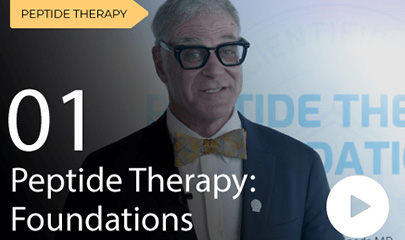 Peptide Therapy: Foundations Course By William Seeds
1 × $248,00
Peptide Therapy: Foundations Course By William Seeds
1 × $248,00
How You Decide: The Science of Human Decision Making By Ryan Hamilton
$169,00 $5,00
SKU: KOB.53198AUuXGT
Category: Science
Tags: How You Decide, Ryan Hamilton, The Science of Human Decision Making
Understanding the Science of Decision Making – Instant Download!
Let’s embark on a captivating adventure to uncover remarkable insights that spark your curiosity and elevate your understanding
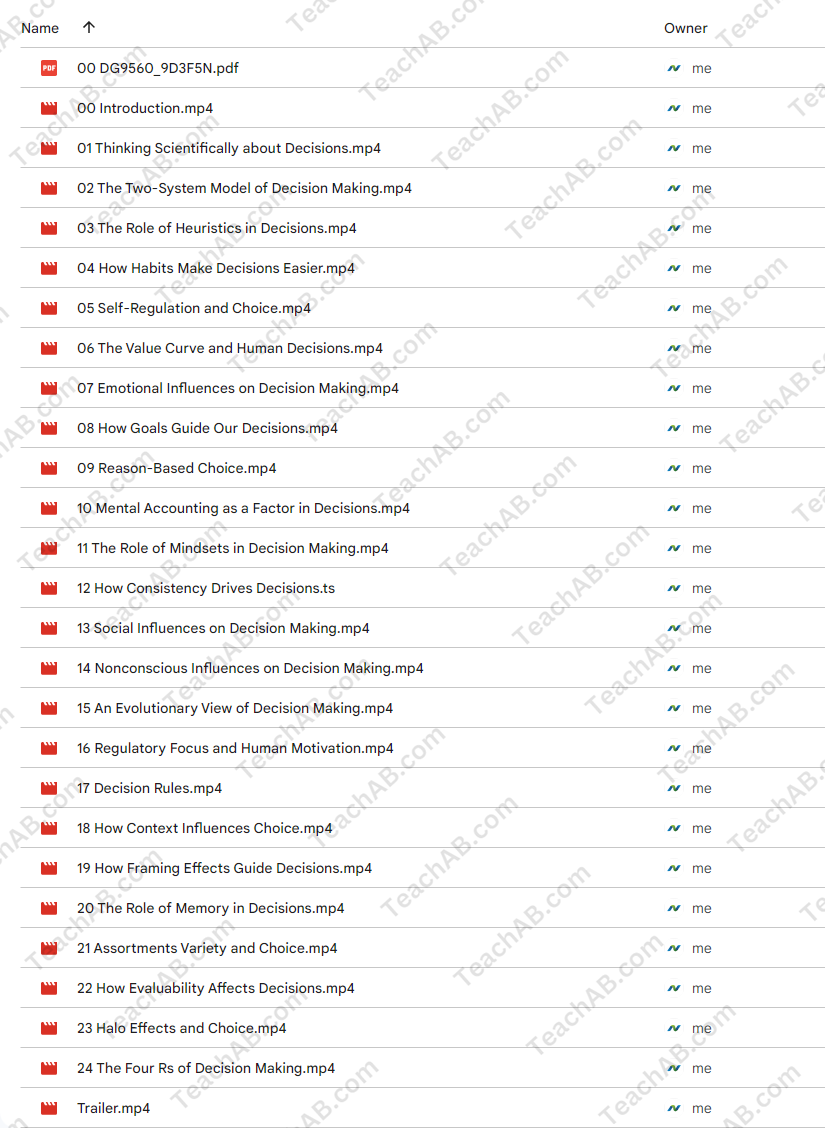
How You Decide: The Science of Human Decision Making By Ryan Hamilton
Overview

Understanding the Science of Decision Making
In a world overflowing with choices, the ability to make sound decisions is akin to navigating a vast ocean where every wave could potentially lead us to riches or wreckage. Ryan Hamilton’s educational course, “How You Decide: The Science of Human Decision Making,” serves as a lighthouse, guiding us through the complexities of our cognitive processes. Hamilton, an associate professor of marketing at Emory University, harnesses the power of scientific research to unravel the intricacies behind how we make decisions. The course is rich in insights, delivered in a manner that resonates with both novices and seasoned scholars alike. Here we delve into the foundational principles of decision making, the strengths of the course, and its broader implications for our daily lives.
Foundations of Decision Making
The Two-System Model
At the heart of Hamilton’s exploration is the two-system model of decision making, a framework that offers profound insights into how we process information. This model postulates that we operate using two distinct systems. System 1 is our intuitive, reflexive mind; it’s quick and automatic, allowing us to respond to immediate stimuli with minimal thought. In contrast, System 2 is where our analytical prowess shines this system requires mental effort and engages in deliberate reasoning.
To illustrate, consider choosing what to eat at a restaurant. If you’re suddenly hungry, you might quickly reach for a comfort food perhaps pizza or fries; this is System 1 at work. However, if you’re trying to make a healthier choice for the long term, such as comparing nutritional values or considering dietary restrictions, System 2 takes charge.
This duality in thinking not only shapes our everyday choices but also highlights why we often fall prey to cognitive biases and heuristics, which are mental shortcuts that simplify decision making but can lead to errors. By understanding these systems, we can become more aware of when we’re relying on instinct versus when we need to engage our analytical skills.
Heuristics and Their Impact
Another pivotal concept discussed in Hamilton’s course is the role of heuristics in decision making. While these mental shortcuts can often expedite choices, they may also lead us astray. For example, the availability heuristic causes people to judge the probability of events based on how easily they can recall examples. If someone frequently hears about plane crashes, they might conclude that flying is perilous, despite statistical evidence to the contrary.
Heuristics can be categorized into several types:
- Availability heuristic: Judging based on immediate examples that come to mind.
- Anchoring: Relying too heavily on the first piece of information encountered.
- Representativeness: Assessing the probability of an event based on how similar it is to a prototype.
These mental shortcuts provide preparation for daily decisions but can distort our judgment, illustrating the delicate balance we must maintain between speed and accuracy in our choices.
Course Insights and Engagement
Captivating Delivery
One of the standout aspects of Ryan Hamilton’s course is his engaging presentation style. Reviews frequently highlight his ability to blend humor with academic rigor, making complex concepts digestible for a wide audience. His anecdotes and relatable examples break down intricate theories, allowing learners to connect personally with the material.
For instance, Hamilton might recount a humorous story about a poor shopping decision driven by marketing tactics, cleverly demonstrating how often our decisions are not our own but rather influenced by external factors. Such stories not only illuminate the key concepts but also keep learners actively involved throughout the course, turning what could be a dry topic into an exhilarating ride through the mind.
Practical Applications
Hamilton’s course isn’t just theoretical; it offers practical strategies that individuals can apply to enhance their decision-making skills. By fostering greater awareness of how external factors can sway decisions from marketing techniques to social influences participants leave with a toolkit for navigating the tumultuous waters of choice more effectively.
Some practical strategies include:
- Reflection: Taking the time to reflect on past decisions to understand the reasoning behind them.
- Skepticism toward first impressions: Analyzing options beyond initial feelings or impressions.
- Utilizing decision aids: Implementing pros and cons lists or decision matrices to clarify options.
These techniques empower individuals by fostering more deliberate decision-making, allowing for choices that are better aligned with one’s values and long-term goals.
Critiques and Challenges
Mixed Reviews
While Hamilton’s course is generally well-received, it is not without its criticisms. Some viewers have expressed that certain segments come across as overwhelming, particularly for those who are entirely new to the concepts of psychology and marketing. There can be a steep learning curve when diving into such a multifaceted topic, and some elements may feel exhaustive or overly technical.
Furthermore, it’s worth noting that while humor and relatability can enhance learning, they may not resonate with everyone. As with any educational endeavor, personal preferences play a vital role in one’s experience, leading some to feel disengaged in comparison to those who thrive on interaction and storytelling.
Accessibility and Inclusiveness
In striving to make scientific research easily understandable, there is a risk of oversimplification. Some critics argue that important nuances might be glossed over in the pursuit of engagement. For instance, while heuristics can be explained simply, the implications of them on life decisions such as financial investment, health choices, or interpersonal relationships merit deeper conversations that may be overlooked in favor of entertainment.
Broader Implications of Decision Making
Psychology and Marketing Interconnectedness
The exploration of decision-making processes is particularly relevant in the fields of psychology and marketing, where understanding human behavior is paramount. Staying attuned to the nuances of decision making can enhance marketing strategies and lead to more effective campaigns. As Hamilton elucidates, recognizing the factors that sway consumer choices such as social proof, scarcity, or framing can position marketers to connect more profoundly with their audience.
This intersection reflects a growing trend in various industries to incorporate psychological insights into business strategies, acknowledging that understanding human behavior is not just advantageous but essential. As marketers refine their skills through courses like Hamilton’s, they adapt to the changing landscape where consumer reliance on data and authenticity continues to rise.
Personal Empowerment
Ultimately, one of the most significant outcomes of studying decision making is personal empowerment. By gaining insight into the mechanisms behind choices, individuals can harness this knowledge to craft better lives, make more informed decisions, and ultimately move toward their goals with clarity and assurance. Hamilton’s course serves not only as a source of information but as a transformative tool that inspires self-reflection and growth.
Through a deeper understanding of how external influences shape our choices and the internal dynamics at play, individuals can pave the way for a more deliberate and fulfilling life. The journey is not without its challenges; however, the insights gained pave the way for enhanced autonomy in a world rife with distractions.
Conclusion
In summary, “How You Decide: The Science of Human Decision Making” by Ryan Hamilton is a compelling resource for anyone keen on unraveling the complex fabric of human choice. From the engaging presentation style to the valuable practical strategies provided, the course delivers a holistic understanding of decision-making processes. Emphasizing the balance between intuition and analysis, it equips learners with the tools necessary to navigate their decisions more effectively. Whether one is a seasoned marketer or someone looking to enhance their personal decision-making abilities, this course paves the way for enlightening discoveries about the art and science of choice. Through critical engagement with the material, individuals can emerge not only as informed decision-makers, but also as more conscious architects of their own lives.
Frequently Asked Questions:
Innovation in Business Models: We use a group purchase approach that enables users to split expenses and get discounted access to well-liked courses. Despite worries regarding distribution strategies from content creators, this strategy helps people with low incomes.
Legal Aspects to Take into Account: Our operations’ legality entails several intricate considerations. There are no explicit resale restrictions mentioned at the time of purchase, even though we do not have the course developers’ express consent to redistribute their content. This uncertainty gives us the chance to offer reasonably priced instructional materials.
Quality Control: We make certain that every course resource we buy is the exact same as what the authors themselves provide. It’s crucial to realize, nevertheless, that we are not authorized suppliers. Therefore, the following are not included in our offerings: – Live coaching sessions or calls with the course author.
– Entry to groups or portals that are only available to authors.
– Participation in closed forums.
– Straightforward email assistance from the writer or their group.
Our goal is to lower the barrier to education by providing these courses on our own, without the official channels’ premium services. We value your comprehension of our distinct methodology.
Be the first to review “How You Decide: The Science of Human Decision Making By Ryan Hamilton” Cancel reply
You must be logged in to post a review.





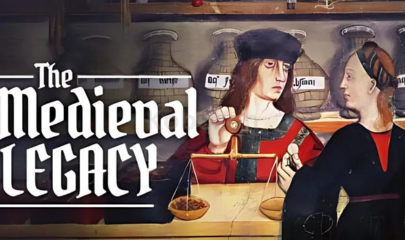
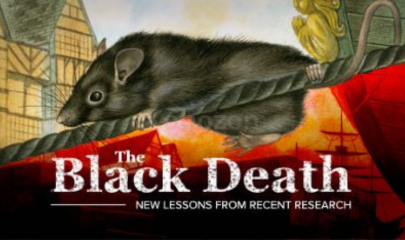
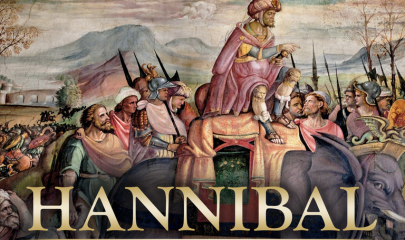
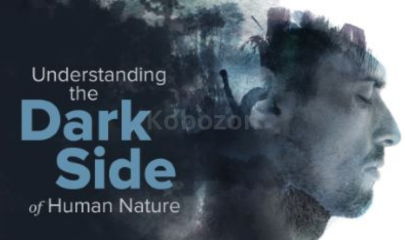
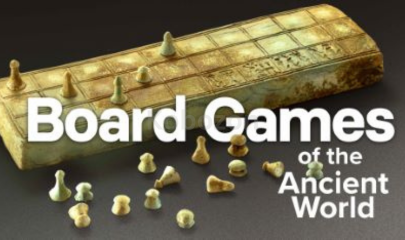








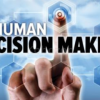
Reviews
There are no reviews yet.